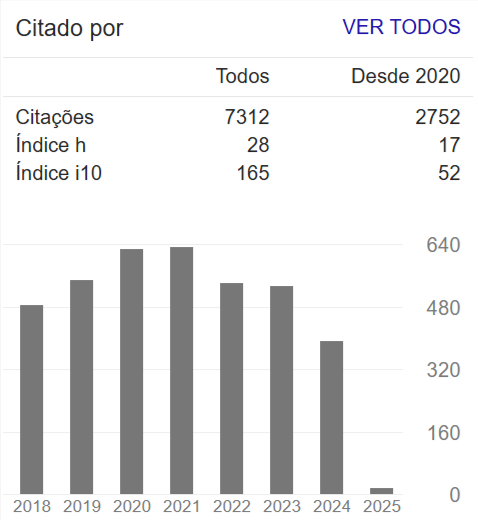Waste Water Treatment in the recharge and discharge areas of the Guarani Aquifer
Resumo
The 368 municipalities located in the recharge and discharge areas of the Aquifer Guarani differ greatly in terms of size of the population, water supply capacity and – even more – in sewage treatment capacity. The main goal of this study was to determine the main factors that impact the estimated investments in sewage collection and treatment needed for the 368 municipalities to reach appropriate sewage discharge to the basins by 2035. Using data from the Brazilian Sewage Atlas of 2017, the analysis used multiple regression to assess whether larger municipalities perform better than smaller ones and if the category of operator (State Company, Municipal Service or Private Company) provide different outcomes in terms of estimated investments needed to enable full adequate sewage treatment by 2035. The results pointed that municipalities that are expected to have larger population by 2035 are expected to need more investment in sewage collection and treatment than less populated municipalities to reach proper discharge quality. Furthermore, the category of operator indeed provides different outcomes of estimated investment in sewage treatment; municipalities where the water supply is provided by Municipal Companies are estimated to need greater investment to reach proper waste water discharge to the basins by 2035, compared to State Companies and Private Companies.

















